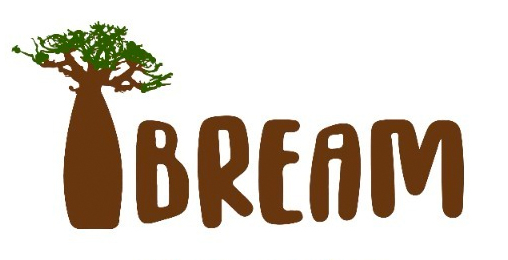As the year of 2020 draws to a close I have moved away from the very important research design component of my PhD project and have begun working in the GAME Lab at James Cook University in preparation for the start of fieldwork in 2021. This is a crucial step towards being able to monitor immune function in African wild dogs through non-invasive methods. In other species, chronic stress and aggression can result in a suppressed immune system and this can delay wound healing, reduce vaccine effectiveness and resistance to disease. However, there has been little research into the effect that temporary captivity and handling has on African wild dog immune function, mainly due to the difficulty of obtaining regular blood samples to measure immune molecules. A non-invasive alternative to this is faecal samples.
 Photo Courtesy of Damien Paris
Photo Courtesy of Damien Paris
We know that African wild dogs are susceptible to a number of viruses that unfortunately still persist in Africa. Canine distemper virus (CDV), canine parvovirus (CPV) and rabies virus are viral pathogens that can cause deaths in this species and have been linked to whole pack extinctions. These diseases continue to be of great concern to conservation managers, especially because vaccinations often have short-lived protective effects for African wild dogs. If stress and aggression during periods of captivity affect immune function, it could cause reduced resistance to diseases as well as, poor vaccination response. This could mean there is an increase chance of these animals being infected by these viruses and reduce the chance they survive infections.
Immune defences are often mediated by antibodies, also known as immunoglobulins, and these are made in response to pathogens. During an immune response to an infection immunoglobulin M (IgM) is produced immediately, these provide a short-lived innate response which prepares the body for the adaptive immune response. This adaptive immune response involves an increase in immunoglobulin G (IgG) which remains in the body longer and act to recognise and fight future infections by the same pathogen. One method of measuring immune response is to administer a safe vaccination to which an animal is previously naïve triggering an IgM and IgG response. This then allows me to measure the amount of immune molecules in samples in the laboratory.
 Practice makes perfect
Practice makes perfect
I am currently developing an enzyme-Linked Immunosorbent assay to measure immunoglobulins contained within faecal samples will offer a method that is non-invasive in nature and easy to perform. In this assay I will look for changes in immunoglobulins concentrations. This will first be validated in domestic dog puppies, which are routinely vaccinated against some of the aforementioned diseases. After this, the assay will be tested with African wild dog faecal sample collected in Australian zoos. After this validation work has been done I will use this assay during animal translocation events in South Africa.
So far I am in the middle of sample collections with puppies. Which means a lot of cuddling cute puppies, which I can’t complain about. Progress has also been made with Australian zoos towards obtaining African wild dog faecal samples with positive correspondence occurring with Perth zoo and other collaborations to come. More exciting updates on the project to come in 2021. This portion of my PhD research has been funded by GAME Lab and IBREAM.
